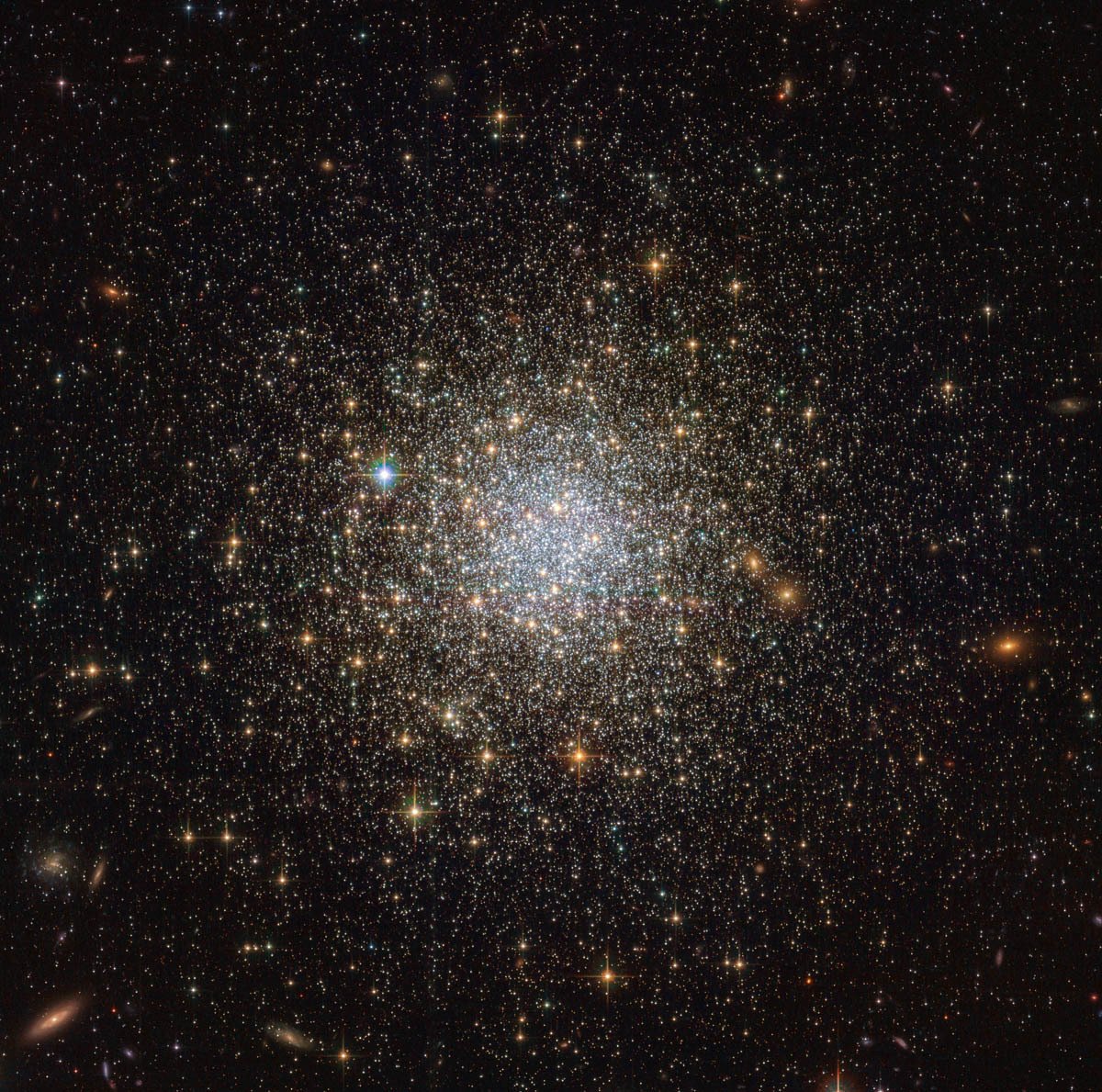
Wonderful! You will be joining a worldwide community of several million people who are endlessly fascinated by, and eager to understand, the universe we live in.
Astronomy can be studied at so many levels, and there is a level to suit everyone. This could simply be enjoying the delights of stargazing (with or without a telescope or binoculars) and the ability to recognise individual planets, stars, and constellations, or a possible venture into astrophotography, or the more serious academic studies that give you a good understanding of the universe and its origin and evolution, and everything in between. There are also several societies and organisations that you can join, where you can meet fellow enthusiasts.
How to begin
If you are a complete beginner, there are at least five things you can do. Firstly, read a little about the subject. There are numerous introductory books out there, and the following are just two possibilities from a crowded field:
- Collins Stargazing: Beginners guide to astronomy by Royal Observatory Greenwich, Tom Kerss & Radmila Topalovic
- Wonders of the Universe, by Brian Cox & Andrew Cohen
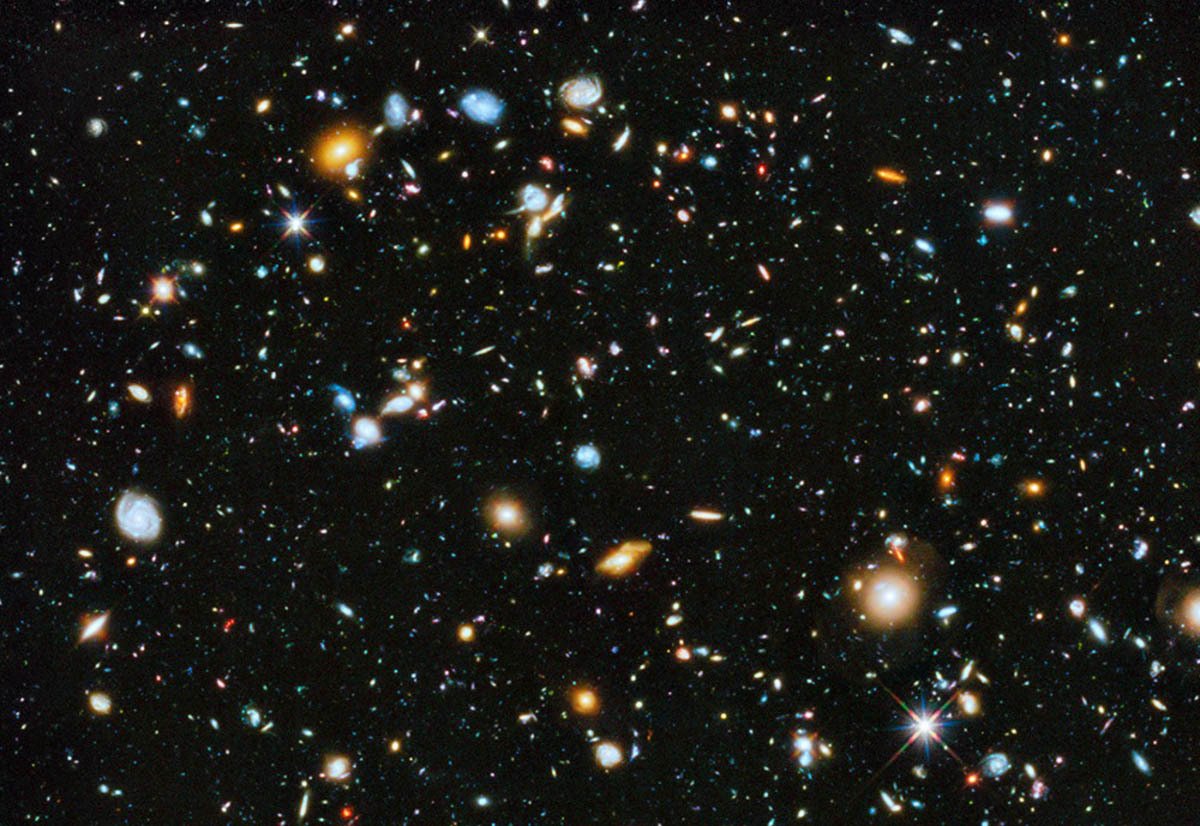
Secondly, there’s an app for it! Things have been made a great deal easier for newcomers to astronomy by free smartphone apps that will tell you exactly what you are observing, at any time of the night, in any direction, and from any part of the world. You just point the phone at the relevant part of the sky, and all is revealed. Perhaps the best of these apps is Stellarium, although there are others (such as SkyView).
Thirdly, join a local society. Anyone close to Exeter, Exmouth, Honiton or Sidmouth could consider the Norman Lockyer Observatory Society which has its own observatory and meeting rooms just outside Sidmouth. Although Covid-19 means that its premises are currently closed to visitors, the society still has Zoom meetings online.
Fourthly, try buying a monthly astronomy magazine, such as the BBC’s Sky At Night, or Astronomy. If you also want to roam a little beyond astronomy, New Scientist is an excellent weekly science magazine that has good astronomy and space science coverage.
And finally, once you are sure you want to commit yourself to the necessary expense, buy your own telescope or binoculars. Before you do so, read around the subject to decide what would suit you and your budget. The ideal (albeit expensive) telescope is a GOTO device that has an on-board computer which will automatically point to whatever object you have selected to view, after you have set it up using a couple of suitable guide stars.
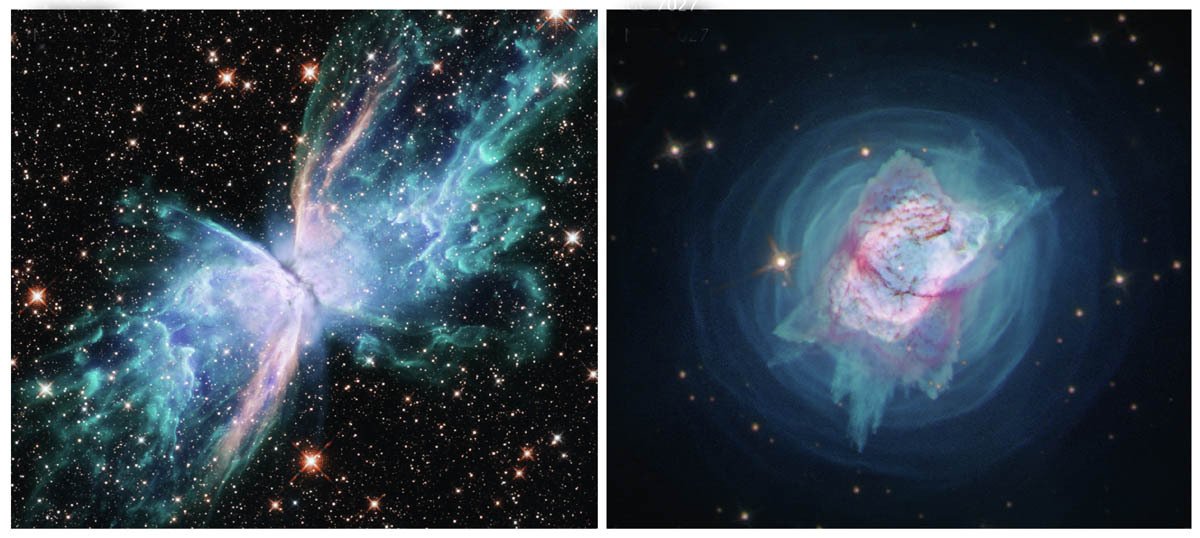
Academic studies of astronomy
If you want to learn more, online and other courses are available. The Open University has excellent learning material, albeit more expensive than it used to be, now that its subsidies from the government have gone. Their site offers a good introductory course for those happy to pay, but also some free introductory courses. In normal times the Norman Lockyer Observatory Society also runs astronomy courses.
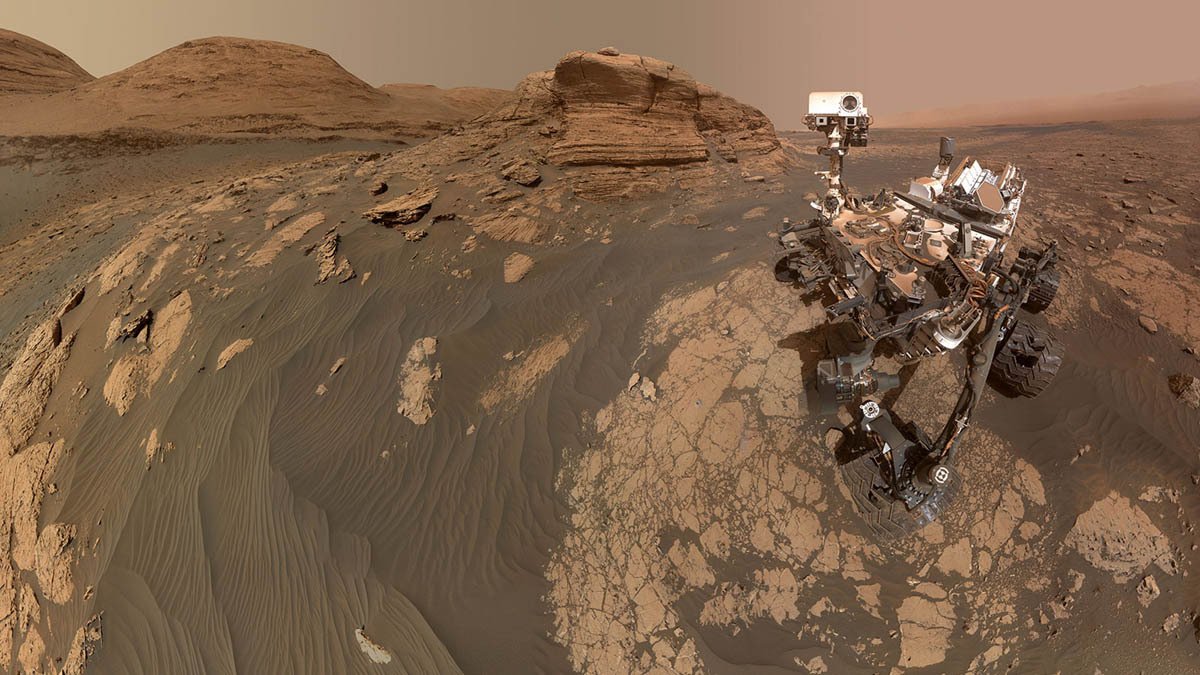
Astronomy is international in nature
Astronomy is very much an international pursuit, and is proudly European in its historical origins. Although others before them had studied the stars and planets, it was the ancient Greeks who went beyond this to make the first serious effort to provide a physical explanation (albeit incorrect) of what was happening in the heavens. Their chief mistake was to assume (not unreasonably, for those times) that the Earth was at the centre of the universe.
It took Nicolaus Copernicus (1473-1543), born in modern-day Poland, to realise that the Earth, along with the other planets, orbited the sun. He was followed by Galileo Galilei (1564-1642), an Italian, who was one of the first to use a telescope to observe the night sky, and who made several important discoveries with it. A contemporary of Galileo was Johannes Kepler (1571-1630), a German, who correctly derived three laws of planetary motion that we still use today. Sir Isaac Newton (1642-1727), an Englishman, synthesised Kepler’s three laws into a single law of universal gravitation.

Numerous other Europeans in subsequent centuries have gradually added to our knowledge of the universe, arguably culminating in the huge advances brought about by Albert Einstein (1879-1955), a German, who transformed our ideas of time, space and gravitation. Astronomical research is now worldwide, with the United States often taking a leading role, but Europe still punches well above its weight. If the history of astronomy interests you, you could try my own book on the subject: ‘Kepler and the Universe’, published by Prometheus Books.
All professional astronomers use the metric system
Further to my earlier article on the use of the metric system, it has to be said that all professional astronomers, both in Britain and round the world, use the metric system whenever appropriate, and never the old imperial system. We don’t believe in making life unnecessarily difficult. Sizes of, and distances between, objects within the solar system will always be quoted in kilometres.
The Universe is unimaginably big
Beyond the solar system, distances are so vast that a new unit – the light year – has to be used. Although it may sound like a unit of time, a light year is the distance that light travels in a year. It quickly becomes apparent why such a unit is necessary when you consider that the distance to the nearest star is about 4.25 light years. In kilometres, this is the somewhat unwieldy figure of 41,000,000,000,000 kms, or 41 trillion kilometres.
This is merely the distance to the nearest star in our galaxy, which contains roughly 100,000,000,000 stars and is about 100,000 light years in diameter. The nearest large galaxy to our own is the Andromeda galaxy, at a distance of roughly 2.5 million light years. In kilometres, this would be 24,000,000,000,000,000,000 kms
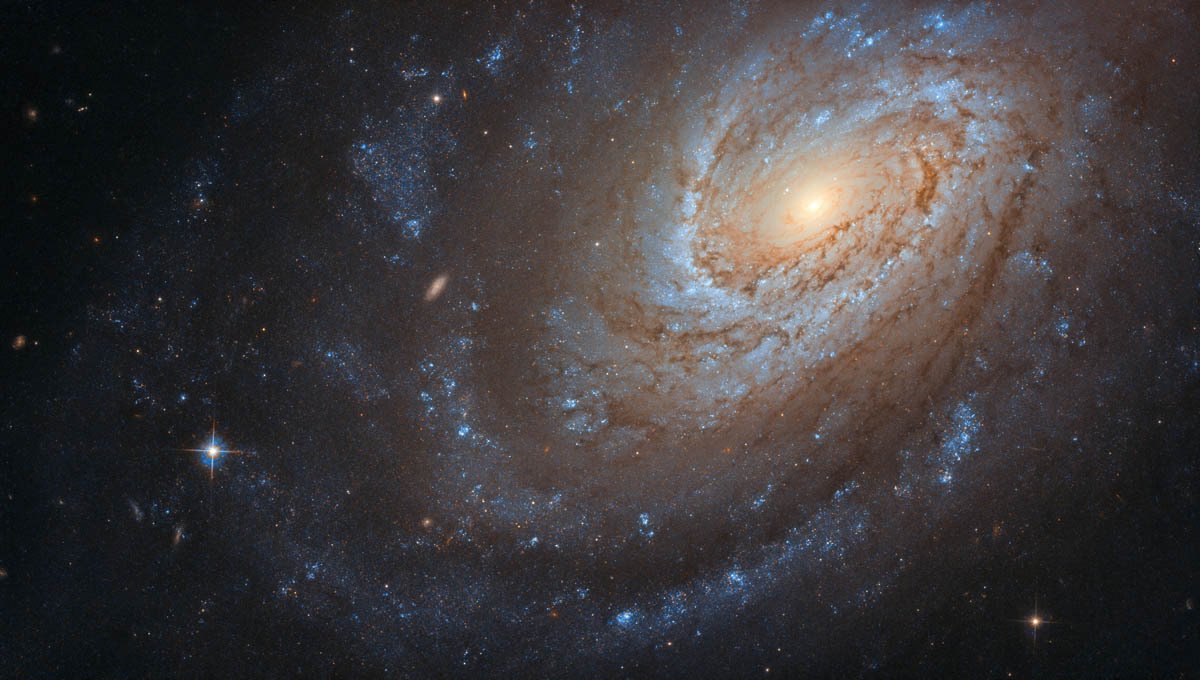
Our galaxy and Andromeda are just two of some 100,000,000,000 galaxies in the observable universe, and the likelihood is that the universe itself extends well beyond what is observable. Indeed, it now seems quite likely that our universe is itself one of billions of universes, in what we now describe as a multiverse. There is no reason to suppose that these other universes would follow the same physical laws as exist in our own, so life would necessarily be absent from the vast majority of them. Life is rare and fleeting in this multiverse, and we must make the most of it.





